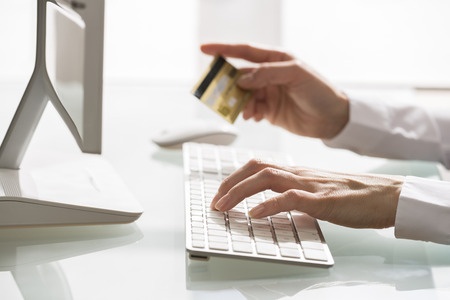Electronic Bill Paying
Paying bills online is kind of like filing–it takes some time at the outset to set up your system, but once that’s done you end up saving yourself a lot of time over the long run. The following steps walk you through what it takes to set up an online bill-paying program:
- First you must decide if you’re going to pay bills through your bank (assuming your bank offers this service), or through a third party vendor.
- Check out Online Banking Fees to help you make this decision.
- Once you’ve set up an account with your bill paying service provider, you will have to input the names, addresses, and phone numbers of the payees, as well as the numbers for each of your accounts.
- The next month when your bills arrive, this information will show up automatically.
- When your bills come in, all you have to do is enter the amount to be paid and the date you want payment sent to the vendor.
- You may also set up automatic payments for the same amounts each month paid out to the same vendors, as well as the specific day of the month you wish to direct payment.
Bill Presentment
Bill presentment allows you to actually view and scrutinize your bills on your computer screen, so you don’t just get a total amount due and have to take your creditors’ word for it.
Advantages
Check out the benefits of electronic bill paying for the world traveler, or if you just hate the hassle of writing checks each month.
Disadvantages
You’ll spend more money to save yourself time, and electronic payments may still take longer to get to the recipient than if you mail them out yourself. Here are all the reasons why change, in this case, isn’t necessarily for the better.

